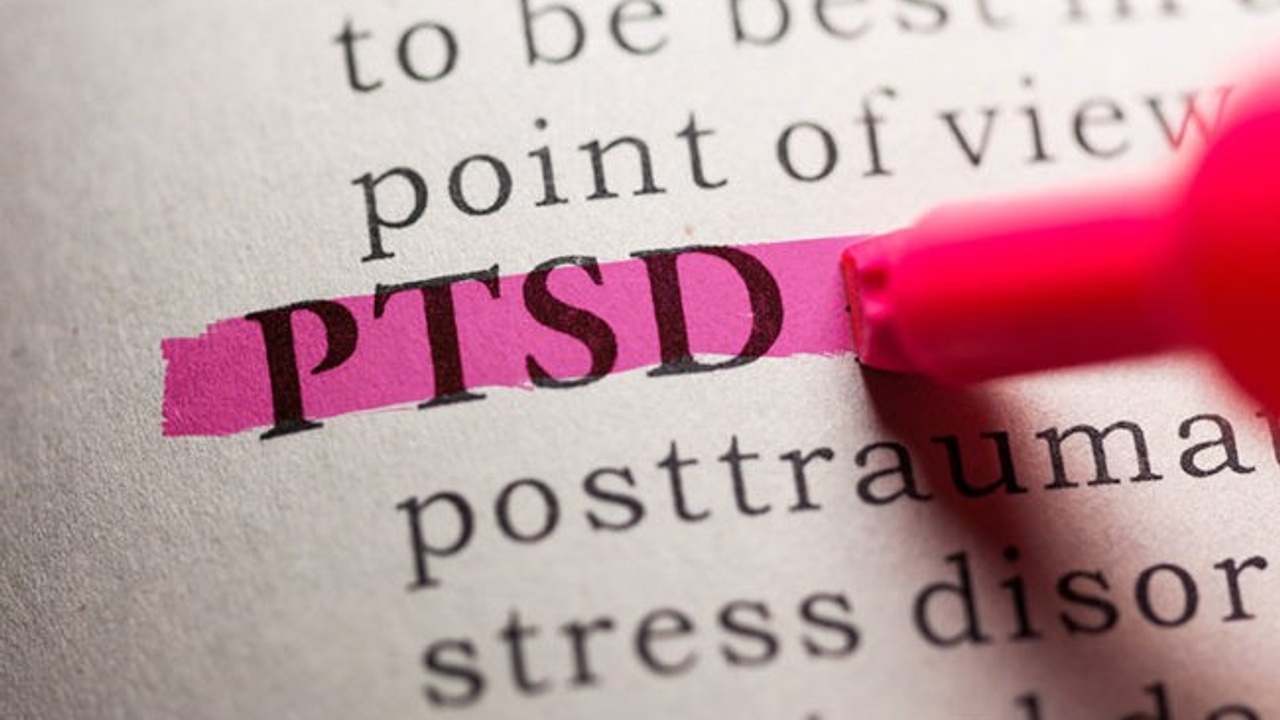
What is PTSD?
Jul 07, 2021Post-traumatic stress disorder(PTSD) can occur in all people, of any ethnicity, culture, and at any age. According to the Diagnostic & Statistical Manual of Mental Disorders, PTSD affects approximately 3.5% of US adults every year, and an estimated one in 11 people will be diagnosed with PTSD in their lifetime. PTSD has been known by many names in the past, such as "shell shock" during World War I and "combat fatigue" after World War II, but PTSD does not just happen to combat veterans.
People with PTSD have profound & disturbing thoughts and feelings that are related to a traumatic event. They may relive the event through flashbacks or nightmares. People with PTSD may avoid certain situations or people that remind them of the traumatic event. That traumatic event can be a serious accident, a natural disaster, a terrorist act, sexual violence, or war/combat.
A diagnosis of PTSD requires:
- A life-threatening event: This includes a perceived-to-be life-threatening event. Whether or not it actually is, it’s really about the perception of the person who experienced or witnessed the event that it could happen to them again.
- Internal reminders of the event: These symptoms typically present as nightmares or flashbacks. It’s important to realize that these are not simply memories. They are unwanted, intrusive episodes in which a person feels as though they are in a life-threatening situation again – like they’re watching a movie or seeing it unfold in front of their very eyes. It feels very real to them.
- Avoidance of external reminders: Those with PTSD often do whatever they can to not think about their traumatic event, to suppress the feelings associated with it. They might avoid alleys if they were assaulted in one, or they might refuse to drive if they were in a car accident.
- Altered anxiety state: PTSD can leave people feeling on edge and looking out for danger. Really what it boils down to is that people feel more anxious. Their startle response is exaggerated. They’re jumpy or looking over their shoulder more often. It’s a physical reaction to the body’s increased anxiety and the need to be aware of possible threats.
- Changes in mood or thinking. People with PTSD can see the world as a very dangerous place. And because they focus on protecting themselves from it, it’s often difficult for them to go out in public. The isolation can lead to depression, or sometimes a person may act in an opposite way when they see no future. In that case, they may take more risks or engage in risky behaviors.
“While we are continuing to learn more about its complicated symptoms and diagnosis, there is no ‘cure’ for PTSD—we cannot fully remove a traumatic memory from the brain,” says Dr. Wetterneck, from Rogers Behavioral Health.

